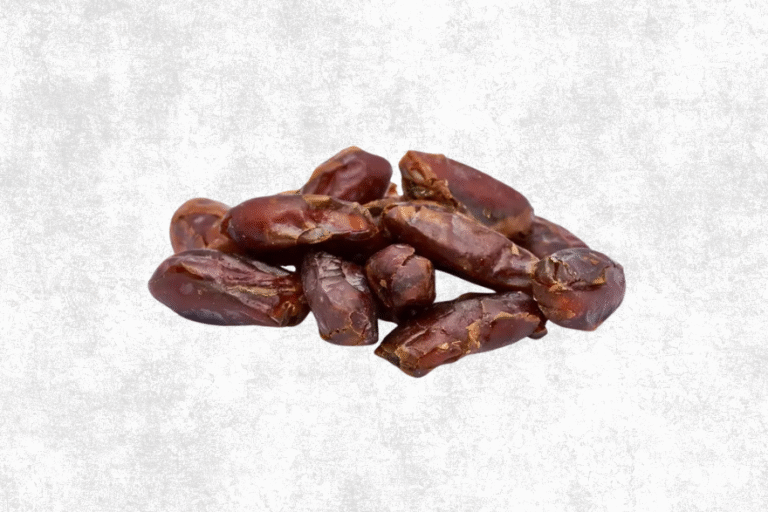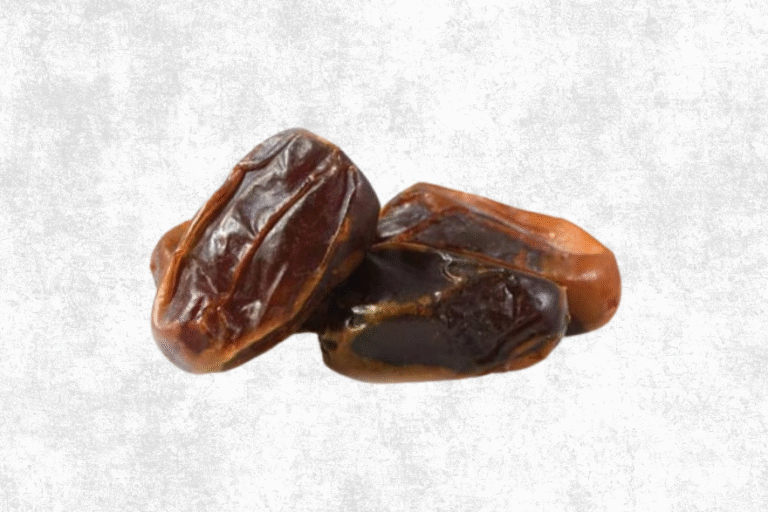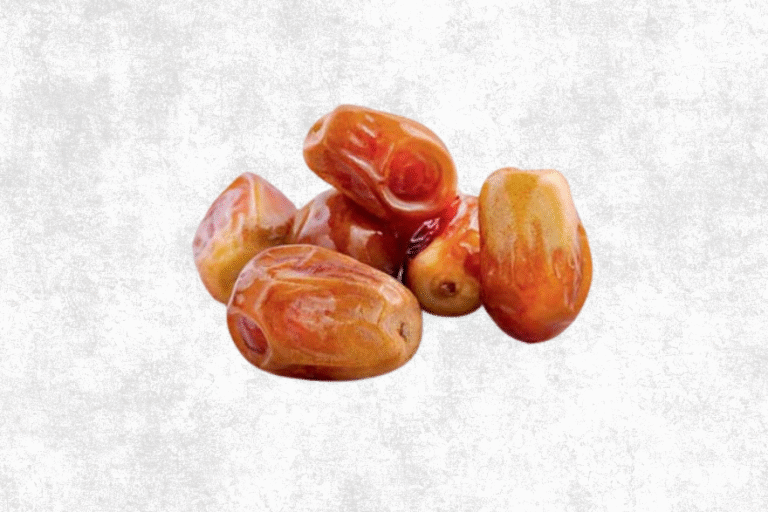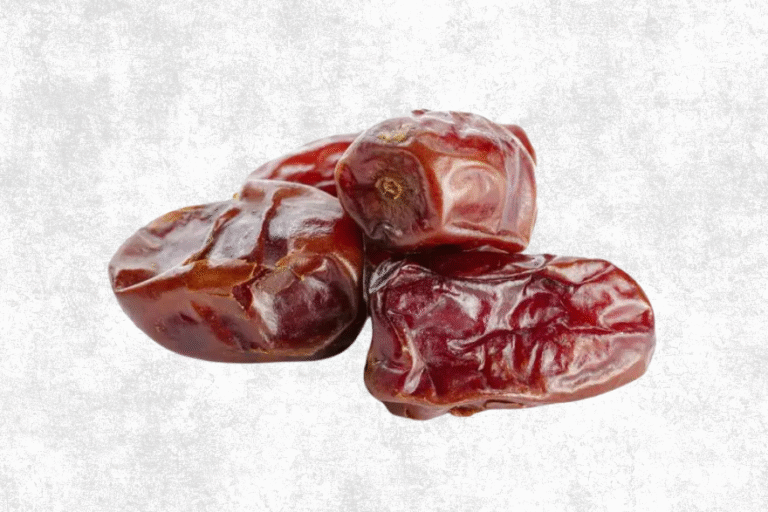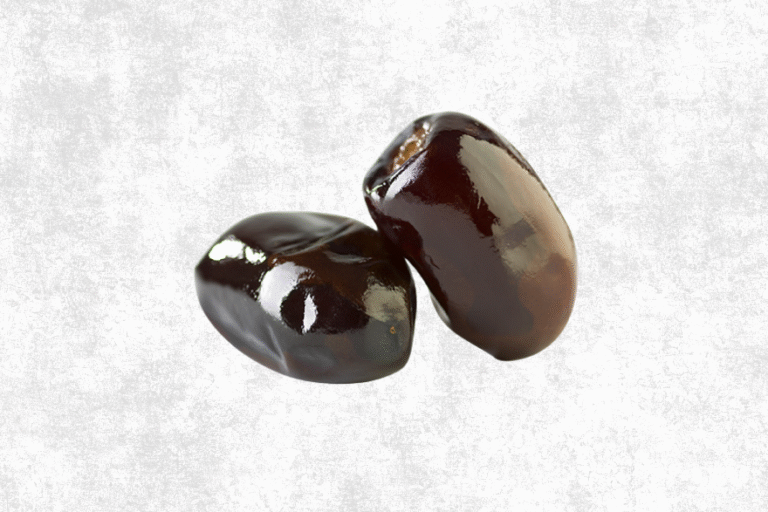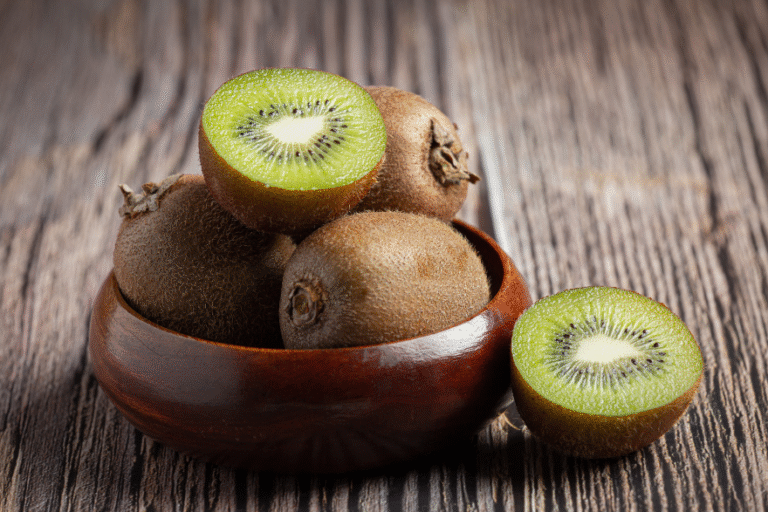Sayer dates are a distinguished variety of date exclusively cultivated in the Khuzestan province of southwestern Iran, a region known for its hot climate and fertile river plains ideal for date palm growth. These dates are celebrated for their large size, deep amber color, and rich, caramel-like sweetness paired with a soft, chewy texture that sets them apart from other date varieties.
They come in two forms: fresh and yellow and ripened and dark brown. The ripe and dark brown variety is considered one of the sweetest dates in the world since it has 75% of sugar. Also, it has about 16-18% of moisture, which classifies it as a semi-dry date, meaning it has a long shelf life, up to two years, to be precise.
The history of Sayer dates is deeply intertwined with Khuzestan’s long-standing tradition of date cultivation, which has been a vital part of the local economy and culture for centuries. Farmers in Khuzestan have perfected the art of cultivating Sayer dates, adapting their agricultural practices to the region’s hot and arid climate to ensure the highest quality fruit.
Sayer dates hold cultural significance in Khuzestan, often featured during religious ceremonies and social gatherings where dates symbolize hospitality and abundance. Harvesting Sayer dates involves precise timing to pick the fruit at peak ripeness, ensuring optimal sweetness and texture.
After harvesting, the dates are carefully cleaned, sorted, and sun-dried to concentrate their sugars and extend shelf life. They are commonly consumed fresh or dried, enjoyed as a snack or dessert, and sometimes incorporated into local recipes where their deep flavor enriches the dish.
The natural richness and balanced sweetness of Sayer dates make them a favored choice both locally and increasingly in broader markets.

